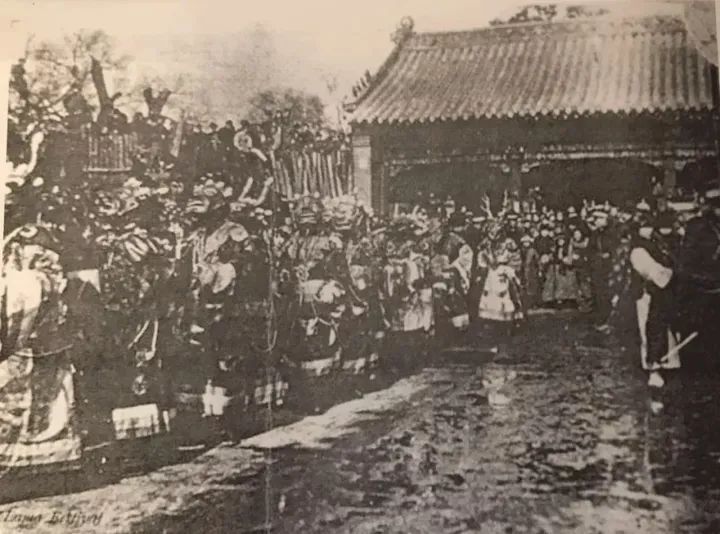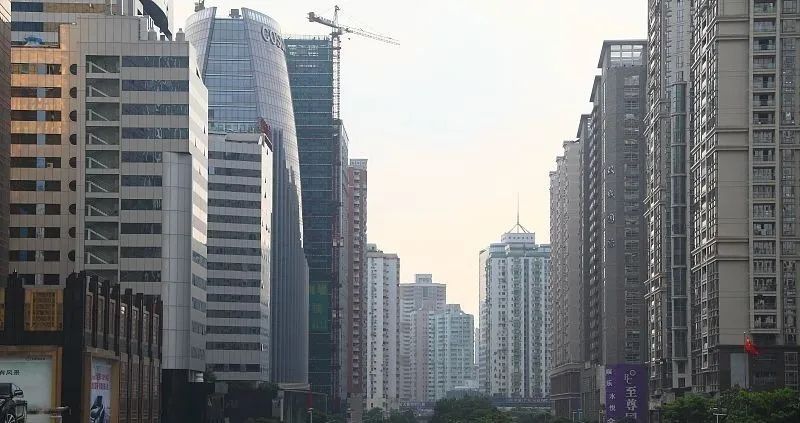Shenyang Huangsi is a typical Han palace style.
According to the investigation of the editors of Shenyang construction industry in the 1980s, the Huangsi Temple “is nearly 2 meters higher than the flat land”.
In addition, the four pagodas and four temples built in the eighth year of Chongde (1643) and the Changning temple built in the 13th year of Shunzhi (1656) also belong to the same architectural type as the Emperor Temple (only the four pagodas are Tibetan layout, and the pagodas and temples are palace style).
The whole architectural layout is characterized by prominent center, clear primary and secondary, scattered, and great architectural beauty.
Huangsi “covers an area of 11 mu, with 791 temples”, covering an area of more than 16000 square meters and a construction area of more than 7000 square meters.
There are three main types of architectural forms of Tibetan temples: one is Tibetan style, the other is Mongolian style, and the third is Han palace style, which varies according to the area where the temple is located.
It is the most unique architectural style of the imperial temple.
The main building complex of youhuang temple is integrated with the “double brake” of mahagala Dharma tower (West Pavilion)—— References: Li Fengmin, Shenyang Imperial temple, Shenyang Buddhist annals..
The architectural pattern of the imperial temple conforms to these basic architectural rules.
Although it belongs to the main building, it is placed in the northwest corner of the central axis.
◎ aerial view of Shenyang emperor temple 01 In terms of historical inheritance, the main building complex of Shenyang emperor temple and the mahagara Buddha building (West Pavilion) located in the northwest corner belong to Tibetan temples.
The terrace of the imperial temple was built by workers.
◎ photographed at the beginning of last century, at the central Yonglu of Huangsi temple, the monk of tiaobuza 03 Most of the ancient buildings should be built on the platform, first to show the tall and majestic buildings, and then to meet the needs of drainage and protection of buildings.
◎ the imperial temple pattern in the annals of the emperor’s reign in Beijing 02 The main features of Han palace architecture are as follows: first, it emphasizes the North-South central axis, that is, the main buildings should be arranged on this central axis, and the auxiliary buildings are distributed on both sides of the central axis; The second is to respect the main hall, which should be arranged in the center and in the middle of the sun, and its height, volume and architectural grade should be better than other buildings; Third, the ancillary buildings are symmetrical from east to west and balanced from left to right.
Only mahagara Dharma protection building is different.
The same is true of the Huangsi temple.
For example, Tibetan temples are mainly distributed in Tibet and Qinghai, Mongolian temples are mainly distributed in Inner Mongolia and Western Liaoning, and Han Palace temples are mainly distributed in Beijing, Shenyang and Hebei (both Tibetan in Beijing and Tibetan and Mongolian in Hebei).






